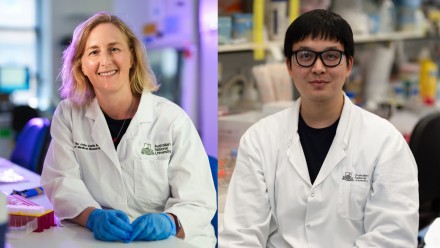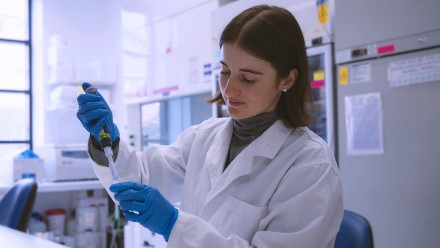Characterising the function of general transcription elongation factor Paf1 complex in transposon defence
From the genetic screen for embryonic development, we identified a point mutation in hyrax, the Drosophila homolog of human tumour suppressor gene parafibromin/cdc73, which causes transposon de-regulation in the female germline. Parafibromin/Cdc73 is an obligatory subunit of transcription elongation factor Paf1 complex, loss of which leads to cell lethality. The identified mutation is semi-viable, therefore appears to separate the universal function of Paf1 complex from its specific role in transposon defence. Intriguingly, the overexpression of the mutant form but not the wild type form of hyrax in the eyes causes the roughened eye phenotype, suggesting that the mutant form of hyrax dominantly impairs the eye development. Using this phenotype as a tool, we aim to genetically identify positive and negative interactors of hyrax to begin to unravel the function of Paf1 complex in the transposon defence in the germline.
Techniques involved: Drosophila genetics; genome-wide mutagenesis-based genetic screen, complementation tests, and whole genome sequencing to identify mutations.











